The Fliphead unites the flute and saxophone. Although these two wind instruments are similar in terms of their fingerings, their playing posture and headjoints are substantially different. The traditional transverse flute is played horizontally – without looking at the keys. Axel Müller’s simple idea was to design a new headjoint, like that of a recorder, which would make learning the flute easier and modify its sound into the bargain.
With his touring schedule on hold due to the pandemic, Alex suddenly found he had plenty of time to tinker and experiment. After countless attempts, a change of technology, and manual refinements, his working prototype was finally ready. With mass production in mind, the professional musician turned to the 3D printing pros at 1zu1. They duly applied the necessary finesse, state-of-the-art equipment, and high-precision manufacturing to transform Alex’s one-off piece into a series-ready product – with a guarantee of consistent sound quality.
1zu1 project manager Stefan Rädler and inventor Axel Müller tell the full story.
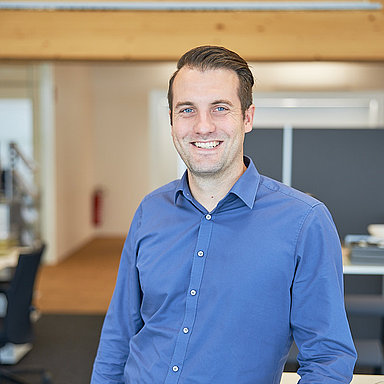
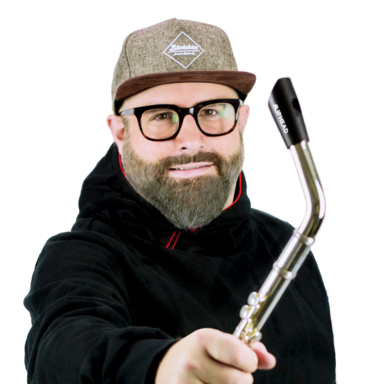
Mr. Müller, why did you decide on 3D printing?
Axel Müller: I didn’t want any grinding, filing or gluing. I wanted the Fliphead to consist of a single piece and the development and series production process had to be affordable. CNC manufacturing and injection molding were out of the question due to the cost. And 3D printing meant I could get started on my own right away. After many experiments with various semi-professional printers and hand painting, I knew the Fliphead could be 3D printed. So I started searching for a competent partner online.
What was your main focus at this stage?
Axel Müller: For the Fliphead to work in practice, I needed a surface that’s as smooth as possible and a food-grade material. The first aspect is important for the sound quality, the second for its use and the approval process. And, of course, each individual piece must produce exactly the same sound. Top quality and maximum repeatability in series production were therefore key criteria. I found both at 1zu1.
What was the next step at 1zu1?
Stefan Rädler: The sound-optimized prototype was made of epoxy resin. Our first suggestion was to switch to the food-grade, temperature-resistant, and robust material PA 12 using the SLS process. With our high-performance EOS P500 printer, we can also manage larger volumes and produce more than 100 parts simultaneously. We had already successfully used this material and technology for similar projects. Also, we are music fans at 1zu1 – we have some passionate musicians on our team.
What challenges were overcome during the implementation phase?
Axel Müller: The switch from DLP printers (Digital Light Processing) to the professional SLS system required some design adjustments. The geometry had changed slightly compared to the 3D model, due to the production method and the hand painting. We had to take this into account.
Stefan Rädler: We used the CT to take a close look at the resin prototype, which produced a perfect sound, and compared the scan with our SLS part. This allowed us to discover improvement potential on the original piece and also to check the internal air channels. For example, the windway was slightly smaller than planned due to the paint application. So we knew where to start.
Axel Müller: That sped up the process by several weeks. Instead of groping in the dark with further test prints, we were able to optimize the 3D model in a targeted manner.
Were there other challenges?
Stefan Rädler: Thanks to the high-resolution CT scan, we were able to detect tiny material residues in the corners of the windway on a few parts. These imperfections alter the air flow and influence the sound. So we made a suitable cleaning tool from milled aluminum for post-processing.
How else did 1zu1 contribute to the project’s success?
Stefan Rädler: We dye the customer’s parts in the color of their choice and also offer pad printing, digital printing, and hot-foil stamping processes. This resulted in a black and a red version of the headjoint and thumb support, both versions were finished with a digitally printed logo. The main advantage of dyeing parts via heatset impregnation is that, unlike with painting, there are no dimensional changes. So neither the product’s musical tone nor its food-grade status is impaired by scratches or dents.
How did your collaboration with 1zu1 develop?
Axel Müller: Right away I felt that 1zu1 understood what I needed; the team and I were really on the same wavelength. That was important for me from day one of this complex process. I didn’t want to work with someone who just presses a button and then gives up if the product doesn't work perfectly right away.
Stefan Rädler: I was immediately interested in the project, I used to play the saxophone myself. Together, we worked step by step towards the series product. Our face-to-face discussions were crucial: We contributed our technical expertise and experience, Axel Müller supplied the musical knowledge. This resulted in a special privilege for the team – a private concert on the balcony. We were the first people to hear a flute played with the production-ready Fliphead.
Our interviewees: Self-taught professional musician Axel Müller developed an alternative headjoint for the flute using his own 3D printer. Stefan Rädler, who is responsible for sales in Germany at 1zu1, oversaw the journey from prototype to series-ready product. The interview was conducted by Joshua Köb, photos by Darko Todorovic.
![[Translate to English:] [Translate to English:]](/fileadmin/_processed_/f/a/csm_O-Ringe_neu_56902d086f.jpg)
![[Translate to English:] Selective Laser Sintering (SLS)](/fileadmin/_processed_/e/c/csm_1zu1-Ameise-Header_b3d4651210.jpg)
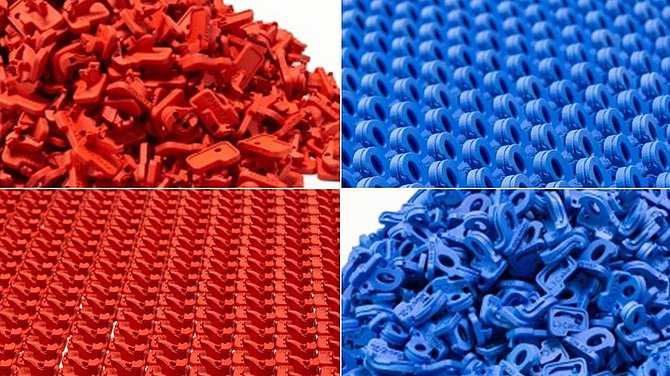
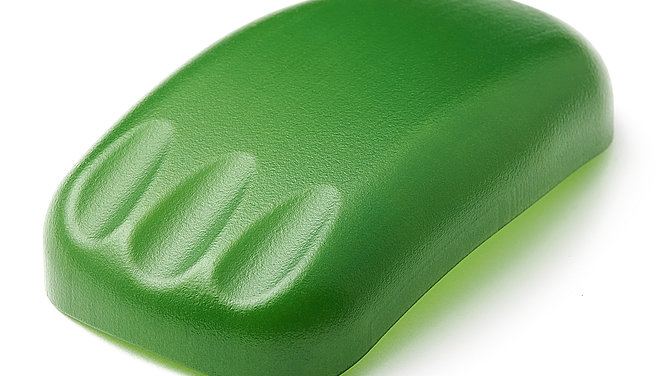
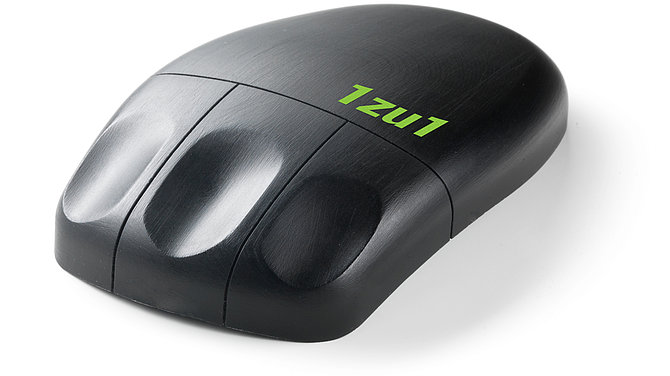
![[Translate to English:] [Translate to English:]](/fileadmin/_processed_/7/c/csm_20220707_DAT_1228_1200PX_919bdf1a0e.jpg)
![[Translate to English:] [Translate to English:]](/fileadmin/_processed_/3/2/csm_20220310_DAT_0382_1200Px_7f523b73af.jpg)
![[Translate to English:] [Translate to English:]](/fileadmin/_processed_/a/9/csm__DSC5593_a9e6b5a19d.jpg)